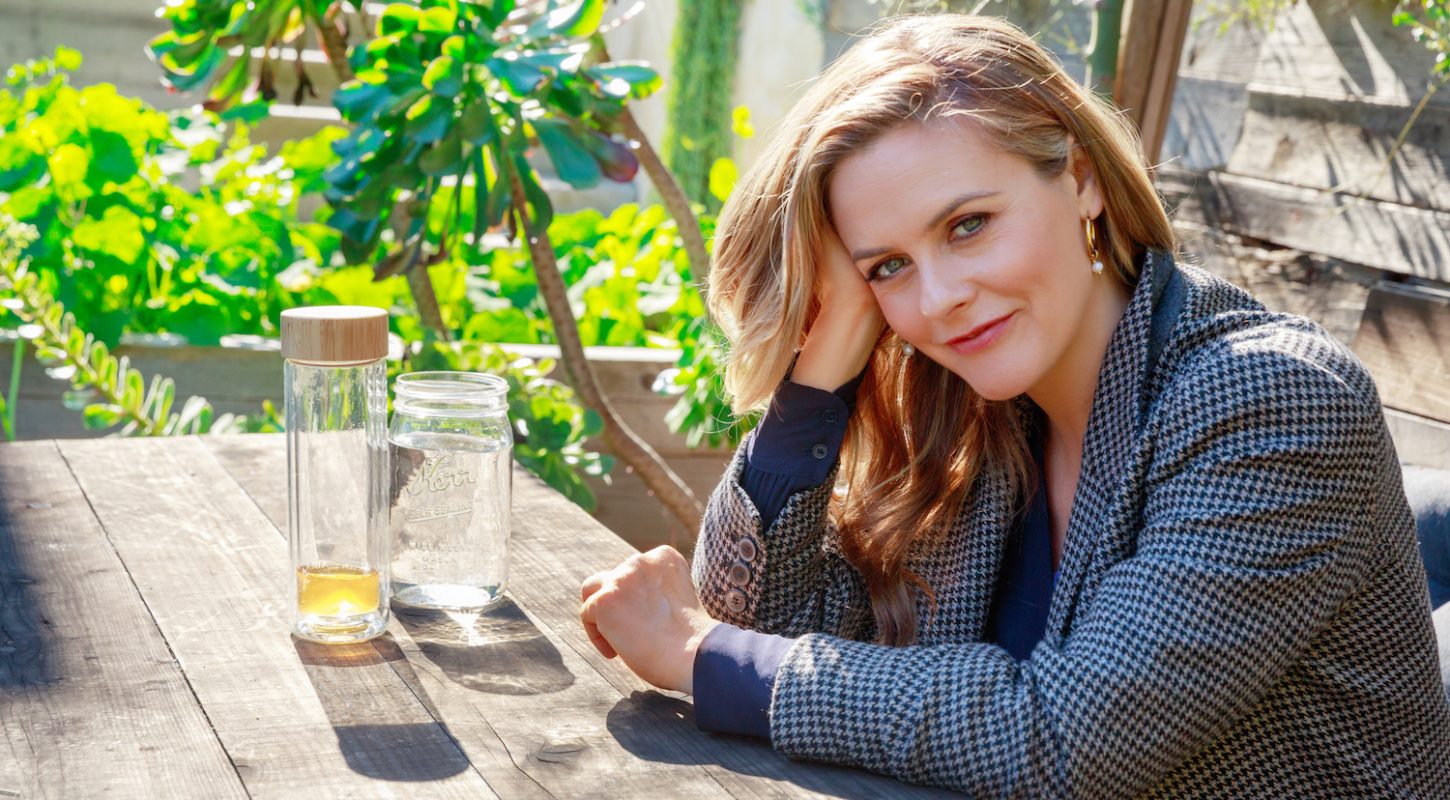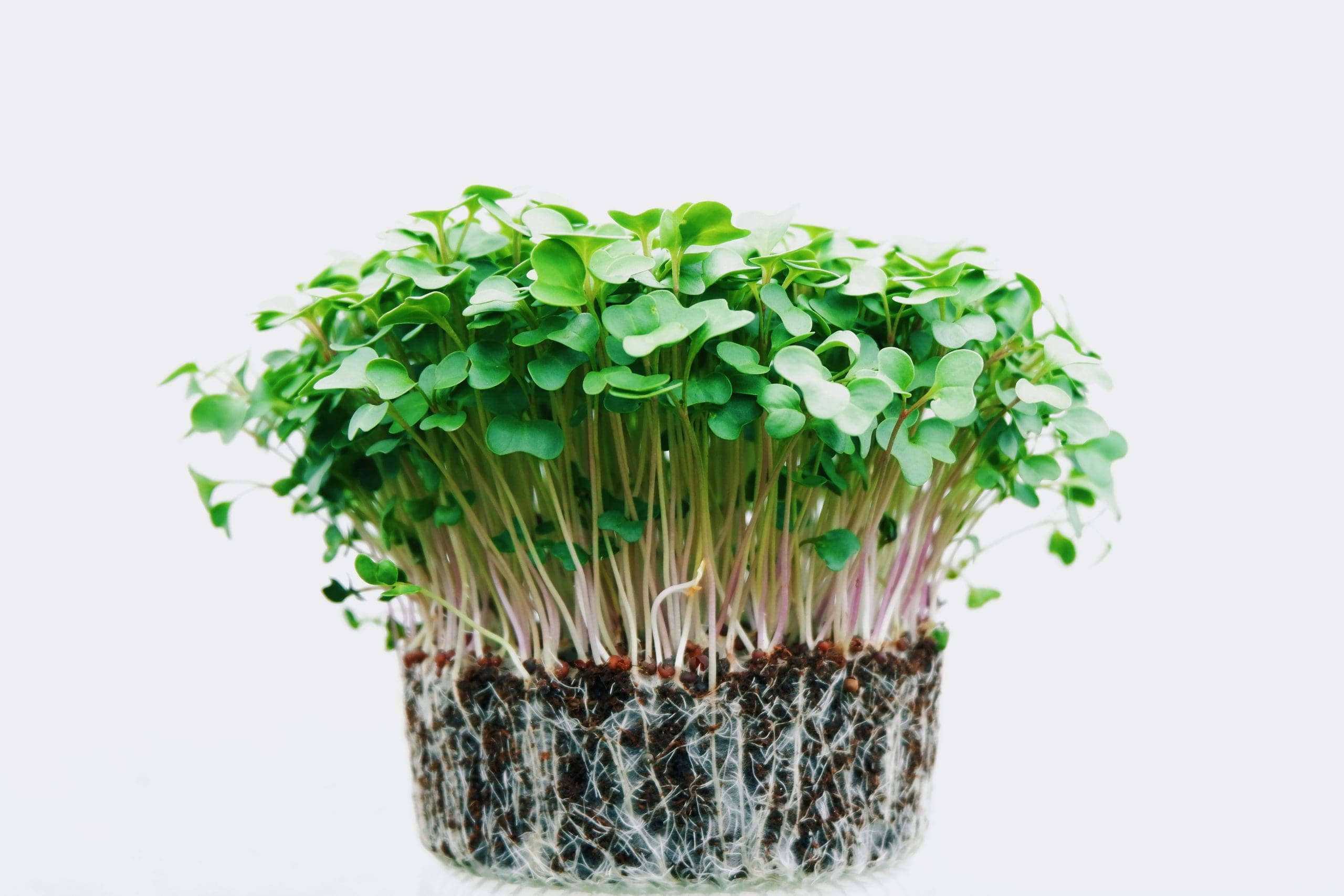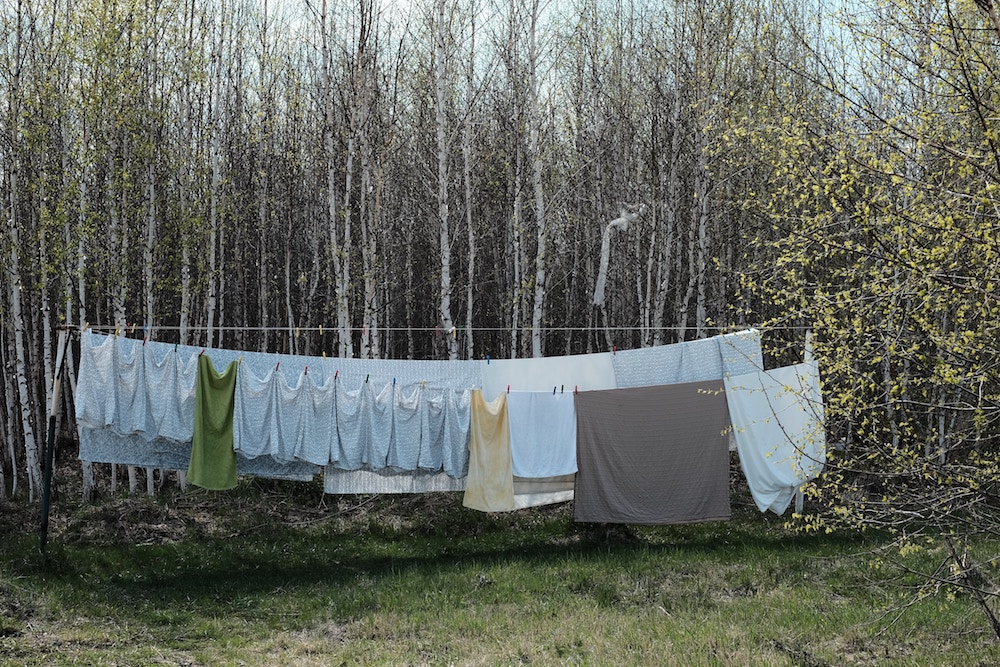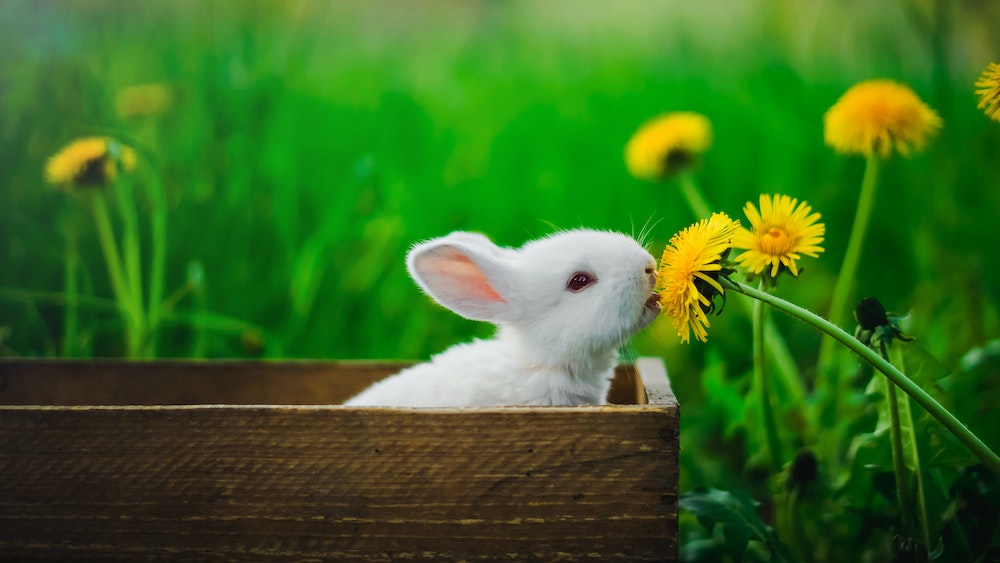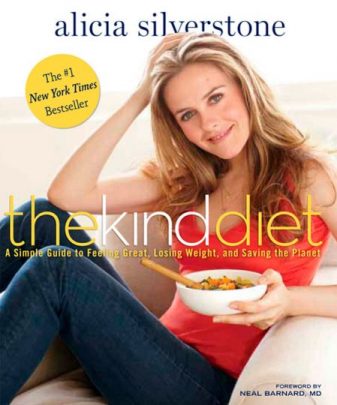Hey kind lifers!
I loved this informative q&a about the ubiquitous “compostable” bioplastic disposable products found all over Los Angeles. I was frankly confused over these ‘compostable’ eco-looking cups, you might be too! Often when we get “eco-looking” disposable products, most people feel like they get eco bonus points, but in actuality this is misguided! And it’s not the consumer or businesses fault – there’s a lot of misinformation out there so read on to get the full scoop below!
Also remember to go reusable! Reducing waste at the source is the best way to go for our planet – plus there are so many cute and chic reusable options out there!
Thanks EcoLunchBoxes and Céline Jennison for sharing this!
———-
Plant-based, compostable or biodegradable bio-plastics, most commonly used for utensils, cups, etc. are marketed as a sustainable alternative to single-use plastic. But are they better or, ironically, even worse than plastic?
We sat down with Céline Jennison, the founder of Plastic Tides, a nonprofit organization based in Ithaca, NY, that combines adventure & science to address plastic pollution via stand-up paddleboard expeditions. She explained why compostable or biodegradable bio-plastics, a seemingly good alternative to plastic, might be even worse than plastic. She also shared her favorite alternatives and some solutions that you can easily integrate into your lifestyle.
When the packaging on a bio-plastic product says biodegradable or compostable, what does this really mean?
Essentially, it means that in an industrial composting facility—where they are able to break the bio-plastic down into tiny pieces and compost it with very high heat—it will biodegrade or compost.
So are the products really compostable by a regular person?
In a home-scale compost bin, they won’t really break down. In order to break down, they must be composted in an industrial composting facility where temperatures get very high due to the immense volume of compost. Another issue is that even when they are composted, the quality of the compost is not very good. The “compostable” bio-plastics break down into a very sticky, resin-y debris that creates poor compost that’s not rich and nutritious for plants like compost from truly organic materials.
In Ithaca, NY, where I undertook my undergrad at Cornell University, the city doesn’t allow people to put compostable utensils into the waste stream because of the various issues.
Is it true that most of the products labeled biodegradable, degradable, compostable, etc., actually can’t be recycled?
That’s correct. They can’t be recycled because they’re not plastic. If you put them into recycling, it can screw up the waste stream. Even when you’re recycling plastic, the plastic has to be separated by colors. So when the recycling arrives at the sorting facility, if they find items that can’t be recycled such as the compostable utensils, rather than taking the time to sort it all out, they just send it [all] to the landfill. There’s a big potential negative impact on the recycling stream as well.
For example, if a restaurant offers “compostable” utensils when people get take-out, the odds that their customers are properly disposing of that compostable utensil are really low. And if they’re offering them in the restaurant and sending them to an industrial facility, they need a lot of signage to make sure that people put them in the composting and not in the recycling; and [they need to] sort through the recycling to remove any compostable utensils that were tossed in. Otherwise, it’s likely the entire batch of recycling will just end up in the landfill.
That certainly defeats the purpose. Are there other negative outcomes beyond potentially creating more waste?
Yes. It takes a lot of resources to create a biodegradable or compostable utensil or piece of dishware.
Most of the compostable utensils are made with corn. Corn is an annual crop that is intensive to grow and is usually grown in a monoculture system. It has to be seeded and watered, and the soil tilled. The corn that is used to make the bio-plastics is not organic, and there’s a lot of pesticide use as well. The end result is that valuable agricultural land was used to create something that just gets thrown away.
Then, there’s the environmental cost of disposal but also the environmental impact of the resources to make and transport the product in the first place.
There’s also the irony that the compostable utensils usually come wrapped in a plastic film that’s not biodegradable or recyclable. So there are a lot of costs, including the fact that the compostable utensils are more expensive than reusable items that can be washed and used for years.
So you’re saying that these products might be the worst of the worst! Would you say that recyclable plastic is a better alternative?
It all depends on the situation and how the plastic, or bio-plastic, is disposed of. If you’re going to recycle a plastic utensil, from an environmental standpoint, it’s actually a better choice than a compostable one, unless you’re sure the compostable item will be composted in an industrial facility.
But if a bio-plastic fork, for example, ended up floating around in the ocean, wouldn’t it eventually break down, unlike plastic?
No. The fork made from bio-plastic would act just like plastic and [only] break down into smaller and smaller pieces because it needs a high temperature to really break down.
What’s another misconception people have about bio-plastic utensils and other dinnerware like plates and cups?
The biggest issue is that it sends the message that we can still live in a disposable economy and have it both ways. Recycling is similar. By recycling, people feel that they’re doing their part for the environment, when what we really need to do is produce less waste in the first place.
What about big events like concerts, sports events, weddings or parties?
If you’re hosting a big event like a music festival, there are better options than bio-plastics. If you need disposable plates, bowls or utensils, using soft, fast-growing trees or bamboo—i.e., primary organic materials that can truly be composted—is a better choice.
You can also buy plates and bowls made out of leaves and other organic materials. The great thing about these is that they are visibly compostable, so if you are composting at your event, it’s more likely guests will understand what to do with them. For cups and plates, choosing unbleached cardboard without plastic or wax linings, which again can truly be recycled or composted, is also a better choice. Bakeys is a brand of utensils that’s edible. So with a little research, you can find better alternatives to fake bio-degradable stuff.
For a big event such as a wedding or party, you can also hire a company that will provide the reusable cups and plates, deliver them, and picks them up after. If you’re hiring a caterer, make sure they use real dishware and utensils!

Céline at the market in Chicama, Peru. Buying fresh, unpackaged fruits and vegetables, and choosing bulk foods that you transport in your own containers are easy ways to cut down on the waste from food packaging.
What’s the best alternative?
Bring your own! There are so many great products on the market that make it really easy to bring reusables with you whenever you’re out and about.
What are some of your favorite reusable solutions?
Well, obviously ECOlunchbox! I like the Splash Box from the Blue Water Bento collection because I often make salads to go, and I can fit a lot more of my salad inside. The Stainless Steel Spork is great for soup, too.
Klean Kanteen is my go-to water bottle; To-Go Ware utensil sets for utensils; Chico Bags and canvas bags for shopping; and I have a Thermos that I’ve had for years and a stainless steel insulated mug—I don’t even know what brand it is.
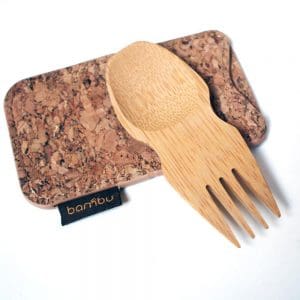
What else should people think about if they’re trying to reduce their impact and live more sustainably?
There are other things that are part of the reusable, sustainable lifestyle. For example, I make all of my body care products, and I sew my own little bags for produce and other items that I buy at the grocery store. I also use Khala Cloths at home to wrap and preserve food instead of plastic wrap, plastic baggies or even aluminum foil.
Do you have suggestions for someone shifting to a more waste-free lifestyle?
It’s easier if you focus on one area of your life or a particular activity at a time. For example, you could start with how you save and preserve your food and leftovers at home, and integrate items like canning jars and Khala Cloths [reusable waxed canvas] into your kitchen. Or you could focus on solutions to single-use items when you’re out and about, like bringing a reusable bottle with you instead of drinking bottled water and bringing your own cutlery and even a metal or glass straw. You could focus on shopping, starting with bringing your own bags, and then move to think about how things are packaged, and bring your own container to your local market and bulk-food store.
Two golden rules to the zero waste lifestyle are (1) planning ahead and (2) refusing unnecessary things. There’s no denying that zero waste practitioners spend time planning ahead, especially when traveling. And we’ve learned to refuse stuff like plastic-wrapped candy, useless freebies handed out at events and all the rest of it.
I call this journey toward waste-free living the Zero Waste Voyage; if you were to imagine yourself going on an expedition on a paddleboard and only had one tiny jar to carry your trash, what excess packaging could you eliminate in your life? (Ladies: single-use sanitary products? Men: single-use razors?) The second aspect of this voyage is that you won’t become a guru overnight, but if you take it step by step and keep building on your success, over time you’ll be able to reduce your waste dramatically. In many cases, this can save you tons of money!
—————–
Kind lifers –
I hope this clears up some confusion over bioplastic to-go ware. In sum, these bioplastic items are not a good option and are vary rarely actually composted — except in some areas – shout out to Marin County & San Francisco for example. If you’re still not clear please call your local sanitation/waste hauler to get some answers! Once you determine if industrial composting is actually happening in your city – educate your local eco restaurants! If the business is kind and sweet enough to spend extra dollars to purchase these products, they need to know it’s not actually getting composted but instead is greenwashing. While we appreciate their good intentions, it’s a waste of money and resources. Thank you for paying attention friends!
– Alicia
About Céline Jennison and Plastic Tides:
Céline is an avid water woman, outdoor educator, and sustainability consultant. She has been making her own medicine and cosmetics since the age of 12 and holds a BSc. from Cornell University in Plant Science and an MPhil from Oxford University in Environmental Change and Management.
As an undergraduate, she co-founded the nonprofit Plastic Tides—combining adventure and science to address plastic pollution via stand- up paddleboard expedition, education, and outreach. Céline is an inspirational public speaker and uses the prism of an expedition to encourage people to reduce waste in their day-to-day life. She leads group off-grid living trips and hands-on workshops.
You can learn about her own Zero Waste Voyage and follow her adventures here.
Top Photo: Kristin Burns
Your diet can be the most significant impact you make for the environmen…
